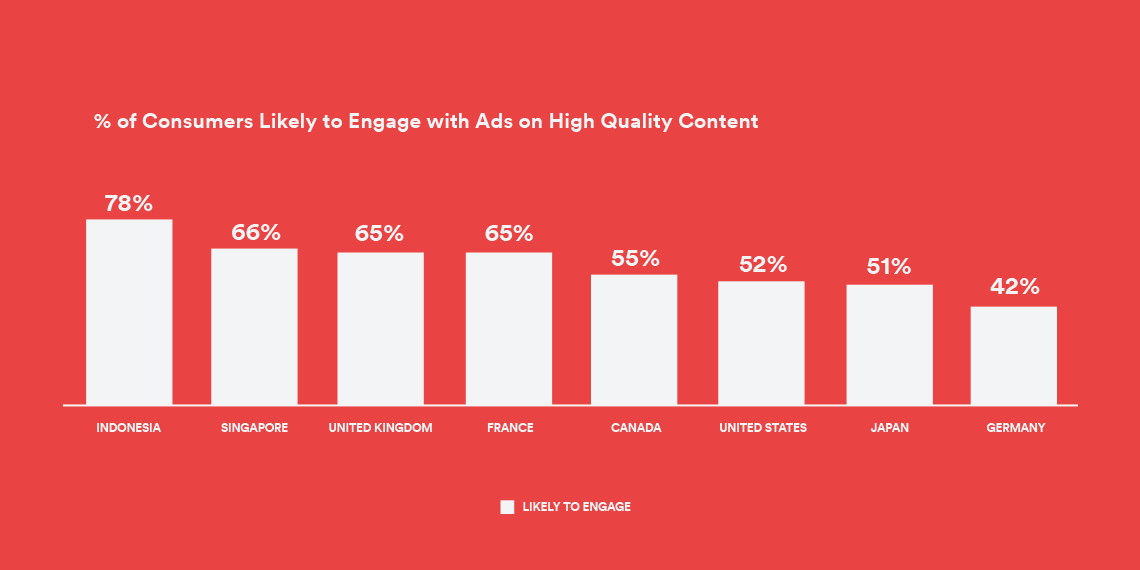Smart marketers will take brand safety to the next level in 2020, playing a more active role in protecting brands from damaging associations. Let’s review why this matters and four things you can do to keep your brand in safe harbor.
Brand Safety: A set of measures that aim to protect a brand’s image from the negative or harmful influence of inappropriate or questionable content on the publisher’s site where the ad impression is served.
Why should marketers care?
Programmatic impropriety is the unintended consequence of a new (and more efficient) way of getting your brand message out to the right market, called programmatic media buying. This media buying system automatically places your ads on websites your audience is likely visiting, according to algorithms. One extreme example of programmatic impropriety is when Mercedes-Benz got caught supporting terrorist websites, literally.
How did we get here?
The old(er) way
In the past, you placed an order for an ad directly with the company that owned the media or through a private marketplace. The things you did were direct: buy specific shows, dayparts, print ads, magazine spreads, web sites or trade publications. All were optimized to hit your target market though their entertainment affinities.
New opportunities
Programmatic buying changed the paradigm to where you buy the audience and not the publication. This is done through private databases of your ideal customer attributes and/or demographic profile. Only then do you bid on the purchase to that “person.” This programmatic ad buy manifests itself in the form of pre-roll video, or a dynamic or static display ad.
What does the data say?
A recent Integral Ad Science (IAS) survey provided some striking results to support your need for brand stewardship online. Here are a few takeaways:
Placement is as important as relevancy
There is a huge and dangerous disparity between consumers’ perceptions and marketers’ perceptions about relevance, association and brand safety!

High content quality (brand safety) = High engagement (brand success)

How to address the issue
1. Blacklists don’t work
When the opportunity is in the billions of dollars, and a fake news website takes minutes to set up, there are going to be vigilant bad actors. While any quality programmatic buyer will utilize “hate” and “illegal” block lists to reduce damaging associations, they will never be perfect.
If your brand message would be deeply damaged by association, traditional programmatic may not be for you.
2020 pro tip: It might be a good idea to take all news websites off your buy, or go further and do a whitelist buy where you explicitly pick which sites your ads run on until after the election.
2. Don’t use cheap programmatic services
As the programmatic industry is still maturing 20+ years in (compared to radio, it’s young), a natural market stratification has emerged: cheap, moderate and luxury. At a minimum, stay at or above moderate priced CPMs (~$20 for video and ~$10 for display). If your brand demands a higher standard, go luxury. This buy is more like the old days of private marketplaces or direct buys with large media conglomerates/stations. You know where and what you are getting into, but it takes a lot more work to execute and does not get your brand access to the entire programmatic buying inventory.
2020 pro tip: Ad prices will go up. TV is estimated to go up 10% in the election season, and you can expect that level or something lower for programmatic.
3. Flip your targeting strategy from demographic/behavioral to contextual keywords
Just as with a broadcast TV buy, contextual keyword targeting works in the same way. Your ad shows up when certain keywords that you programmed are used on specific Internet content. Instead of targeting the ideal customer profile(s), you target what that profile is interested in, or what aligns with a campaign or branding initiative for your brand.
2020 pro tip: Add obvious election-related words to your negative keyword list. This is the list of words/content you don’t want seen in conjunction with your ad.
4. Have a plan for when something goes wrong
Something always happens, and when it does, you need to be prepared. Make sure you have a checklist and sample responses for many possible scenarios. This must include a social media strategy, because social media platforms are usually where the pressure is applied and has the opportunity for the quickest and most open response.
2020 pro tip: Understand how your organization speaks: partisan, non-partisan or neutral.
Take care of your brand.
Is programmatic buying more efficient than having meetings with sales executives at news outlets and networks across town? Yes, but that does not mean that you stop minding the store.





